
Elements of Vogue was shown at CA2M between November 2017 and May 2018. This is the book of an exhibition explored how minorities use their bodies to create dissident forms of beauty, subjectivity and desire

Elements of Vogue was shown at CA2M between November 2017 and May 2018. This is the book of an exhibition explored how minorities use their bodies to create dissident forms of beauty, subjectivity and desire
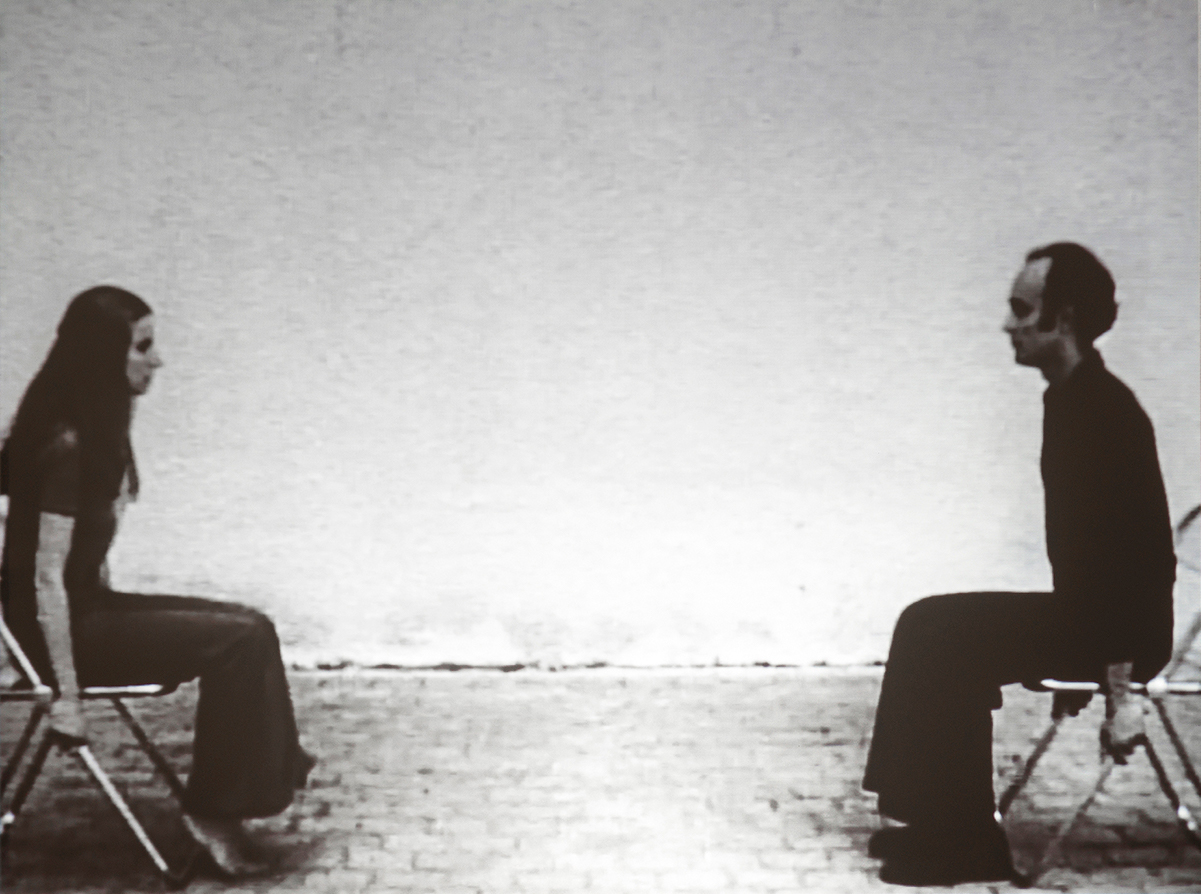
CA2M is now implementing the #Unmetroymedio project, which consists in getting artists who are resident in the Region of Madrid to explain to us what they are working on during confinement. Availing of the domestic means at hand, they will express their ideas through texts and images or will simply tell us how they are and talk about the possible futures that face us.

Though he is largely known for his photographs, Wolfgang Tillmans –one of the most important artists of his generation– has also been working with video since 1993. The first he exhibited was Lights (Body) in 2002, a piece that shows the automated movements of the lighting systems in two different clubs.
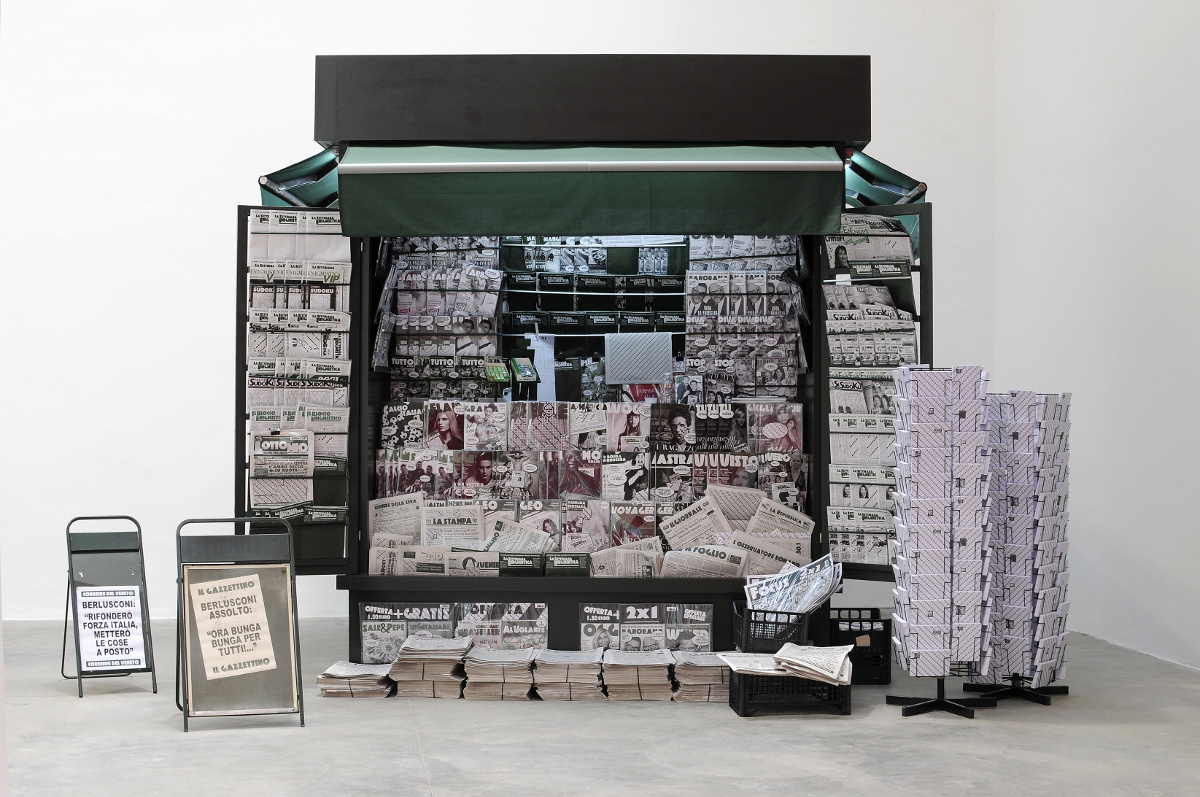
Francesc Ruiz's first major exhibition at a state museum in Spain is a retrospective and an exhibition of new works.
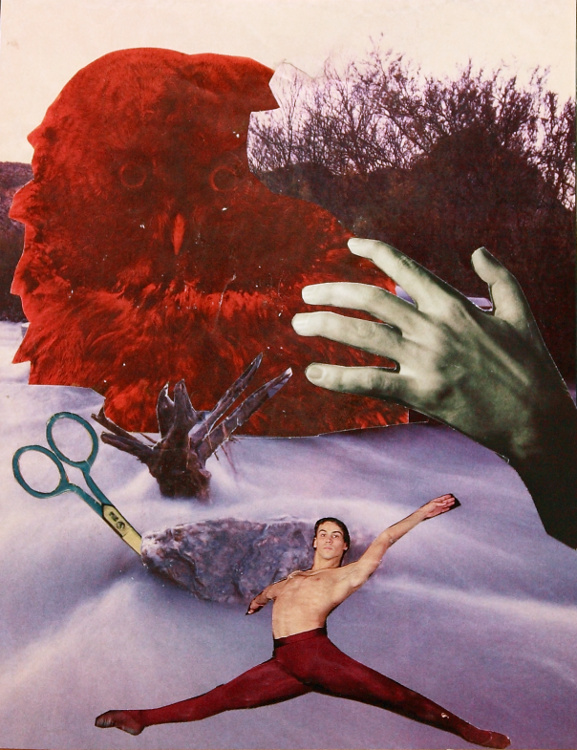
Absurd Humour defines a new constellation of absurd humoristic practices in Spain. Starting out from Goya’s Disparates (The Follies), we take a look at the 20th and 21st centuries through the optic of Ramón Gómez de la Serna in order to espy different artists and humoristic ideas produced in Spain up until the current moment in time.
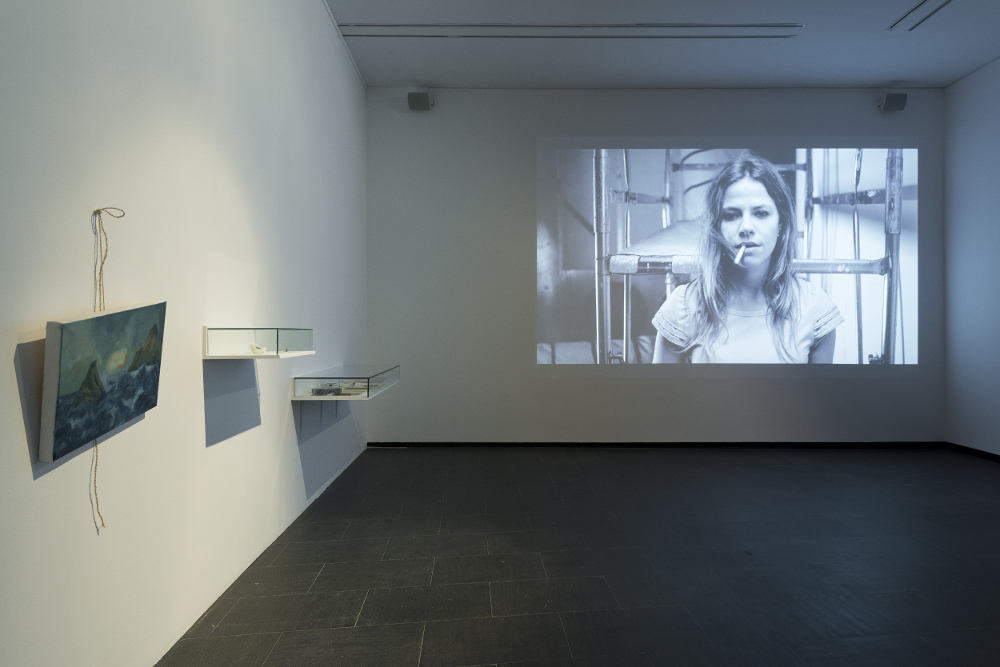
Following their participation in the Spanish Pavilion at the latest Venice Biennale, this exhibition is the first survey show of their practice, contextualising their latest projects within a framework bookended on one side by the Cultural Wars of the late eighties—their formative period—and on the other by the social revolutions against the return to neoliberal order in recent years.
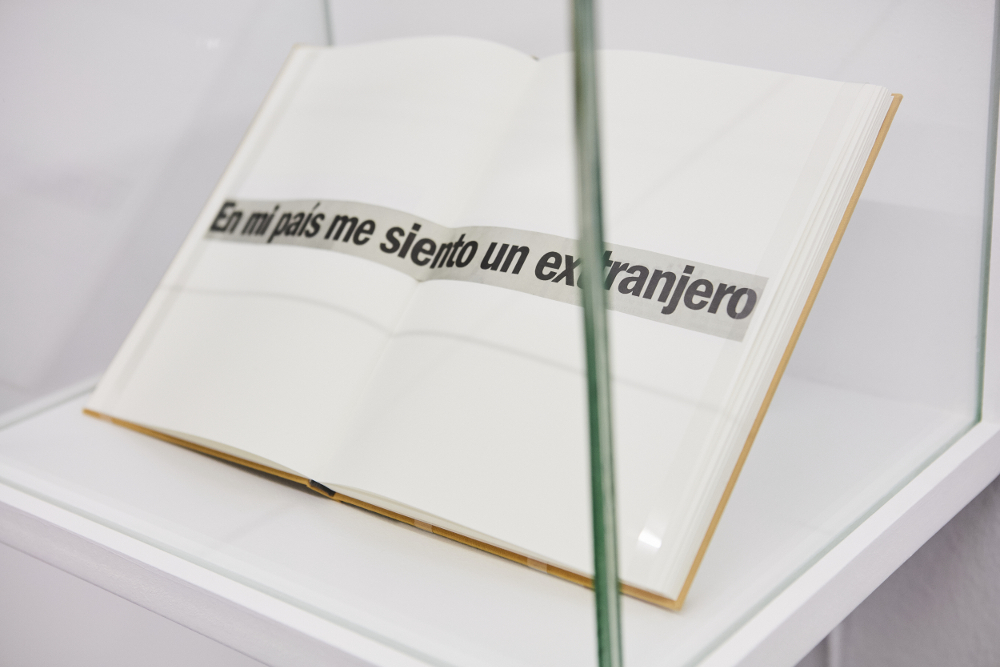
A survey show of the work of Jorge Macchi (Buenos Aires, 1963) overviewing 25 years of artistic output covering the whole breath of his practice, including works on paper, videos, paintings, photographs and installations coming from many public and private collections in Argentina, Spain, Portugal and the USA.
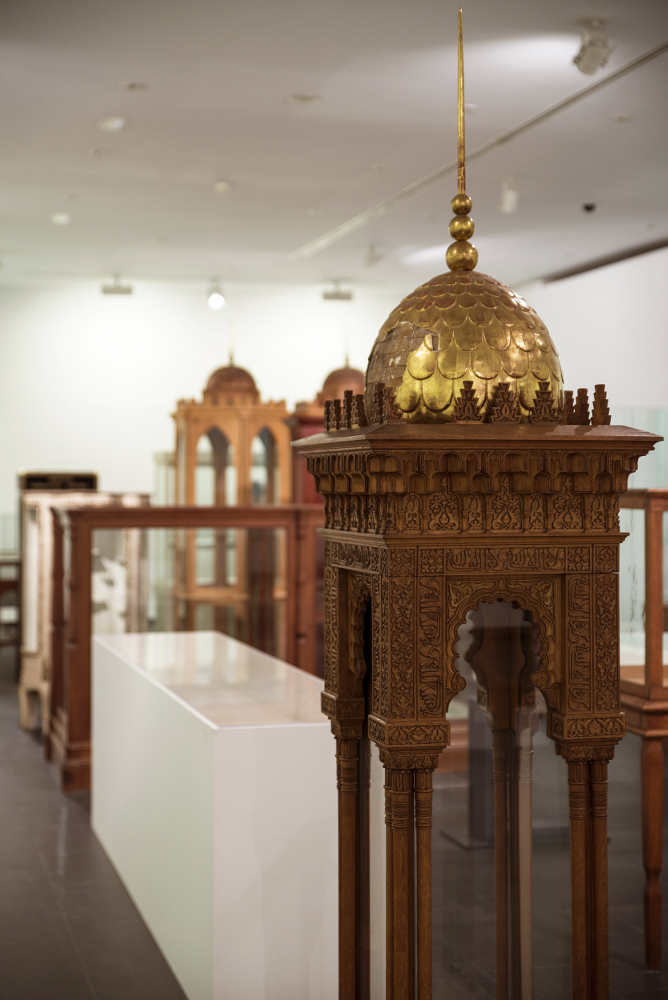
Although it may well be the least known part of its holdings, CA2M Centro de Arte Dos de Mayo possesses a large number of graphic work. In fact, after photography, it accounts for the second biggest portion of the collection. That being said, it has much less visibility in terms of exhibitions, despite the fact that it includes prints and graphic works signed by some of the seminal names in contemporary art.
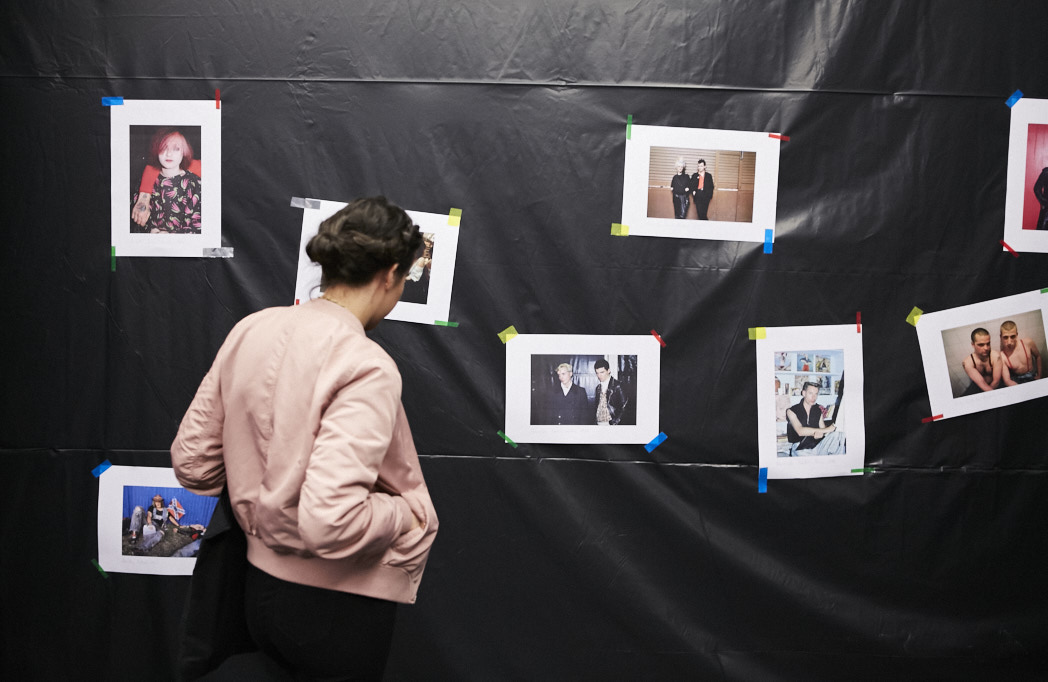
Miguel Trillo. Doble exposición revisits the artist’s first two solo exhibitions, held at Galería Ovidio (PopPurri. Dos años de música pop en Madrid) in 1982 and at Sala Amadís (Fotocopias. Madrid-London) in 1983. The idea behind the project is to rethink the displays which Trillo used to exhibit his work, removed from the more conventional methods employed to show photography in the few spaces receptive to the discipline back in the early eighties.
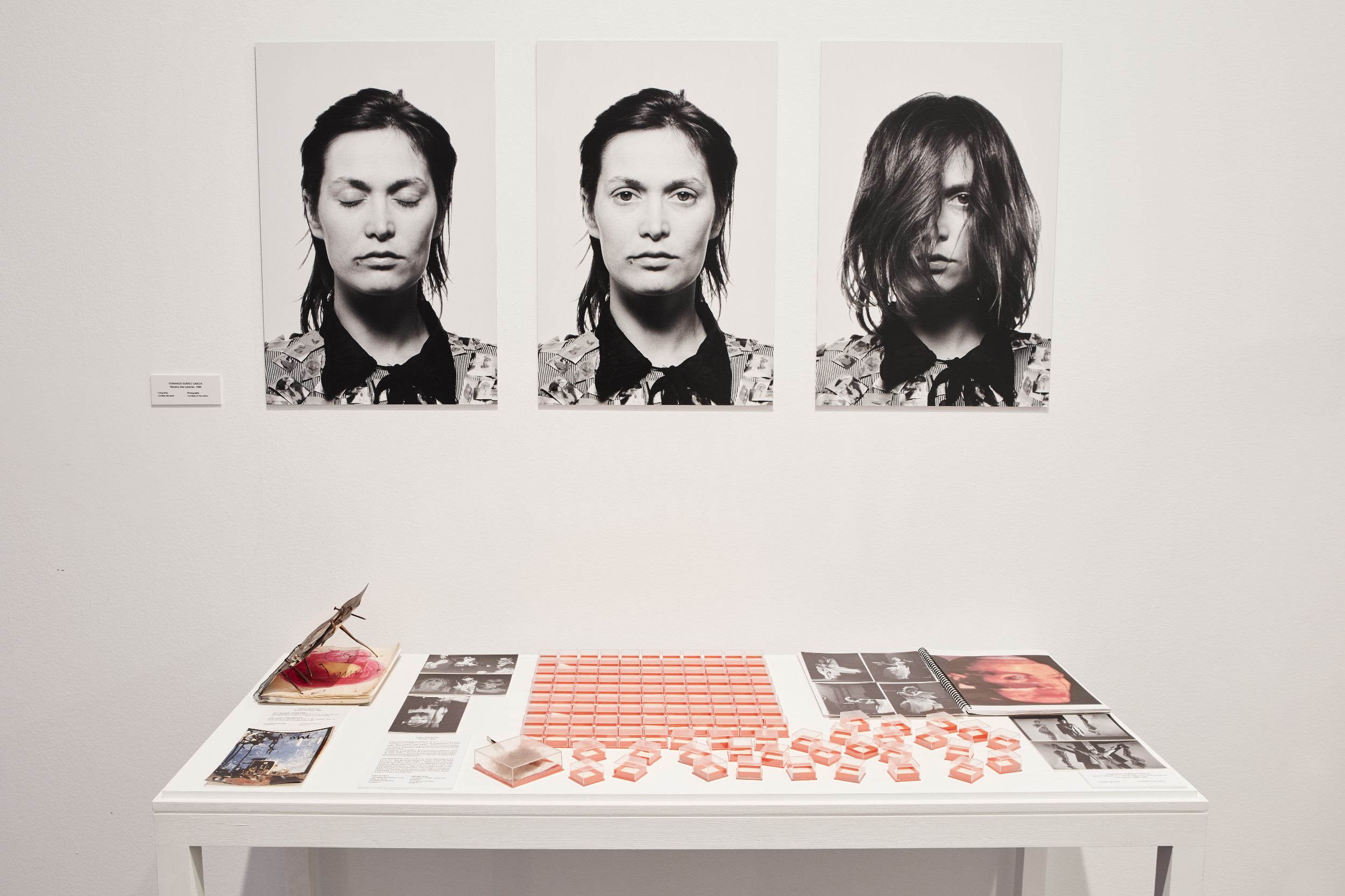
Espacio P was founded back in 1981 in a ground floor premises at number 11, Calle Núñez de Arce, in the centre of Madrid, near Plaza Santa Ana. During its first year it was used for rehearsals and workshops in all kinds of practices related with the body, like corporal expression, performance and dance